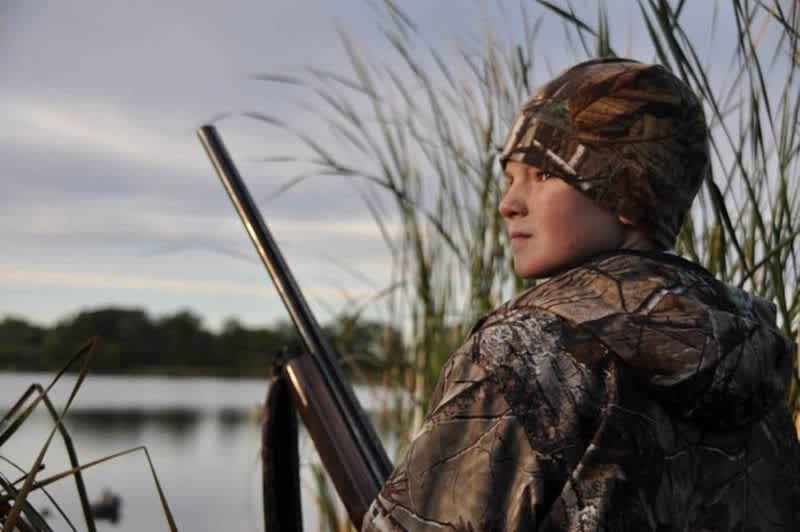Deer and Duck Prospects Good for Texas
OutdoorHub Reporters 10.21.14

Biologists with the Texas Parks and Wildlife Department (TPWD) have good reason to be optimistic regarding the state’s deer and duck population. Significant rainfall in recent months has provided a much-needed reprieve from the drought that hunters had been bracing for, and it seems that the wet conditions are good for wildlife both on land and in the air.
“I would say conditions have improved over most of the state the last couple of months,” said Kevin Kraai, TPWD Waterfowl Program Leader, in a press release. “Waterfowl are doing well, so conditions are shaping up for what should be a good season.”
Kraai’s counterpart in the department’s whitetail deer program, Alan Cain, said that the deer are also benefiting from the precipitation.
“I had a report of a bow hunter in Walker County connecting on a buck that scored 163 B&C (Boone & Crockett scoring system),” said Alan Cain, Texas Parks and Wildlife Department White-tailed Deer Program Leader. “It turns out it was the hunter’s first time to bow hunt. I got another report of a 183 B&C buck harvested in Atascosa County on a low-fenced MLD property.”
Cain said that if field reports are any indication of the deer population, it could mean a great hunting season not only in quantity, but also quality. Biologists say that rainfall is actually a good way to gauge deer health because of the direct correlation between rain and habitat conditions. Rainfall plays an important role in the general physical condition of whitetail deer, antler growth, and fawn production. Mast crops like acorns and mesquite beans also profit from increased precipitation, which means that hunters setting up feeders will find themselves facing a little bit of competition from native food sources.
“Precipitation has greened up vegetation around much of the state in the last month and with green conditions deer aren’t utilizing feeders as much,” Cain added. “The green vegetation and warm temperatures in October have made hunting a little tough, but there are a few folks having some luck.”
Rainfall has an even more direct effect on ducks and according to Kraai, conditions have improved in both the Panhandle and coastal areas.
“I remain excited about the increase in rice acres in the coastal regions southeast of Houston,” Kraai stated. “That should increase the foods available for both ducks and geese in that area, thus improving the populations of birds that visit the marshes of the Chenier Plain.”
Natural marshes in the east are also in excellent shape, although food resources are on the low side.
“Of course, as always, the quality of our season and bird densities on the landscape hinges on the amount of water on the landscape,” commented TPWD biologist Jared Laing. “Right now we’re sitting fair; we just need a good 4-6 inch rain event to boost North and East Texas wetlands as the birds arrive.”

